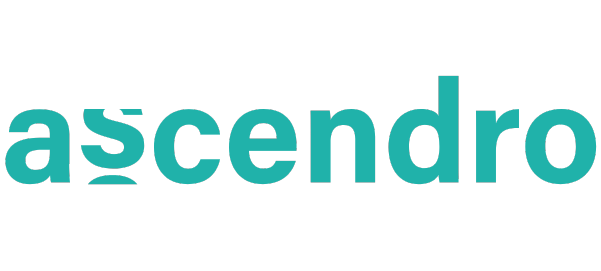Leading companies in the software development industry have strategically adopted outsourcing as a key part of their operations. Giants like Microsoft, IBM, and Google leverage outsourcing to optimize their development processes, accessing a larger pool of talent and resources. Let’s talk about the differences between offshore & nearshore software development models.
But why do an increasing number of companies opt for outsourcing as a project solution?
This approach is also highly beneficial for smaller companies, giving them the opportunity to harness the expertise and resources of external partners, which leads to increased efficiency and productivity.
When should you choose a collaboration with a nearshore software development company?
Nearshore software development refers to the practice of outsourcing software development tasks to companies or teams located in neighboring or nearby countries, typically sharing a similar time zone. The practicality of this model lies in the ability to hire technical experts without employing and managing an in-house team.
Here are a few advantages of the nearshore model:
- Easy communication: Nearshore teams often operate in the same or similar time zones, facilitating real-time collaboration and communication.
- Traveling flexibility: Proximity allows for easier and more frequent in-person meetings, which can be crucial for complex projects.
- Cost efficiency: Nearshore development can offer a balance between cost and quality, especially for complex projects where communication is key.
- Quick response times: Being in similar time zones allows for quick responses to emergencies or changes.
- Language proficiency: Nearshore teams are more likely to have a higher proficiency in the hiring company’s language, enhancing communication.
When does an offshore partnership align with your business strategy?
In contrast to nearshoring, offshore software development involves collaboration with companies located in geographically distant regions, often across different time zones. While this model comes with its own set of considerations, it can be highly advantageous in certain scenarios.
Here are a few benefits of the offshore approach:
- Scalability: Offshore development can offer greater scalability, with the ability to quickly ramp up team size as needed.
- Global talent pool: Offshoring provides you with access to an extensive talent pool and greater flexibility in scalability and efficiency compared to in-house development, resulting in a shorter time-to-market.
- Global market insights: Offshore teams can provide valuable insights into global markets, which can be beneficial for companies looking to expand internationally.
- Shifts: Distinct time zones may allow 24/7 task activity, which leads to faster turnover.
Each outsourcing model has its own advantages, but how do you make an informed decision?
We’ve already established that more and more companies take advantage of outsourcing services, but each strategy is distinct and they can impact your project in different ways. Let’s talk about how you can be sure that your decision is the right one for your business.
What should be the most important aspects of this evaluation?
- Budget constraints: While offshore development often provides cost savings due to lower labor expenses, nearshore models may offer a balance between cost and proximity. Consider your financial parameters and the value each model brings to your project.
- Proximity importance: Assess your team’s communication needs. Nearshore models often excel in real-time communication due to shared time zones and cultural similarities. If your project requires constant collaboration, this could be a decisive factor.
- Time-to-market goals: Examine your time-to-market objectives. Offshore models, with their potential for round-the-clock development cycles, might align well with projects requiring swift delivery. Nearshore models, while efficient, may have limitations in terms of extended work hours.
In the end, the key to making an informed decision lies in aligning your outsourcing strategy with your business goals. Consider the specific requirements of your project, weigh the advantages of offshore & nearshore software development and evaluate the critical factors that will contribute to success.
Whether you opt for the collaborative efficiency of a nearshore partner or the global reach of an offshore team, understanding the nuances of each outsourcing model allows you to make decisions that drive your projects toward success.
Looking for a nearshore partner?
Related Posts
July 2, 2024
Smart Scaling through Nearshore Staff Augmentation: A strategic guide
At Ascendro, we use strategic nearshore staff augmentation to help your…
June 26, 2024
Fixing the cookie consent banner issue: Or how I tamed The Cookie Monster Banner
Embark on Problem-solver Andrew's quest to conquer the cookie consent banner…
June 13, 2023
Estimation methods for agile development
Understanding the required skill configuration.




